See EVERY generation of the iconic Chevy Camaro as it wraps up final production run
Chevrolet announced a final production run of the sixth generation of the iconic Camaro muscle car.
The final models, including "Collector's Edition" models, will be produced in Michigan in January 2024.
Here's a look back at the nearly 60-year history of the famous American muscle car.
General Motors announced Wednesday a final production run of the current sixth generation of the iconic Chevrolet Camaro, as manufacturers focus more on hybrid and electric cars, leaving gas-guzzling muscle cars to be discontinued or converted into electric models.
"As we prepare to say goodbye to the current generation Camaro, it is difficult to overstate our gratitude to every Camaro customer, Camaro assembly line employee and race fan," Scott Bell, vice president, Global Chevrolet said in a statement. "While we are not announcing an immediate successor today, rest assured, this is not the end of Camaro's story."
The final sixth generation Camaros will be produced in January 2024. Here's a look back at the nearly 60-year history of the car.
First Generation (1966-1969)

The original Camaro was developed in a rush to compete with Ford's mega-popular Mustang, which was released in 1964, according to Car and Driver.
The first generation of the Camaro debuted in late 1966, and saw several versions including convertibles and race cars developed under the new Camaro umbrella.
The car also saw design and mechanical alterations throughout the first generation, and has become an iconic classic car, as some models saw fewer than 100 cars produced, Car and Driver reported.
Second Generation (1970-1981)
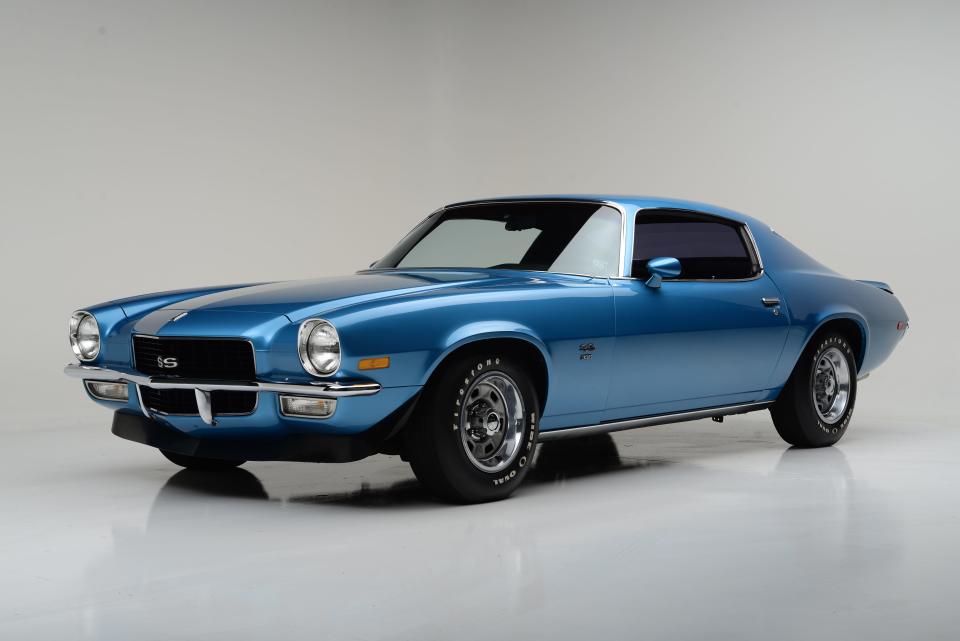
Car and Driver at the time called the 1970 Camaro Z/28 "not as thrilling" and "much tamer" than its predecessors. The review said that design alterations insulated the driver from some sounds and vibrations that made the original versions of the muscle car so beloved among car fanatics.
Updates to comply with federal regulations led to the biggest design change for the 1974 model year. Many cars, including the '74 Camaro, had a large aluminum bumper added to prevent headlights and other parts of the car from being damaged as easily.
The 11-year run is the longest for a single generation of Camaro.
Third Generation (1982-1992)
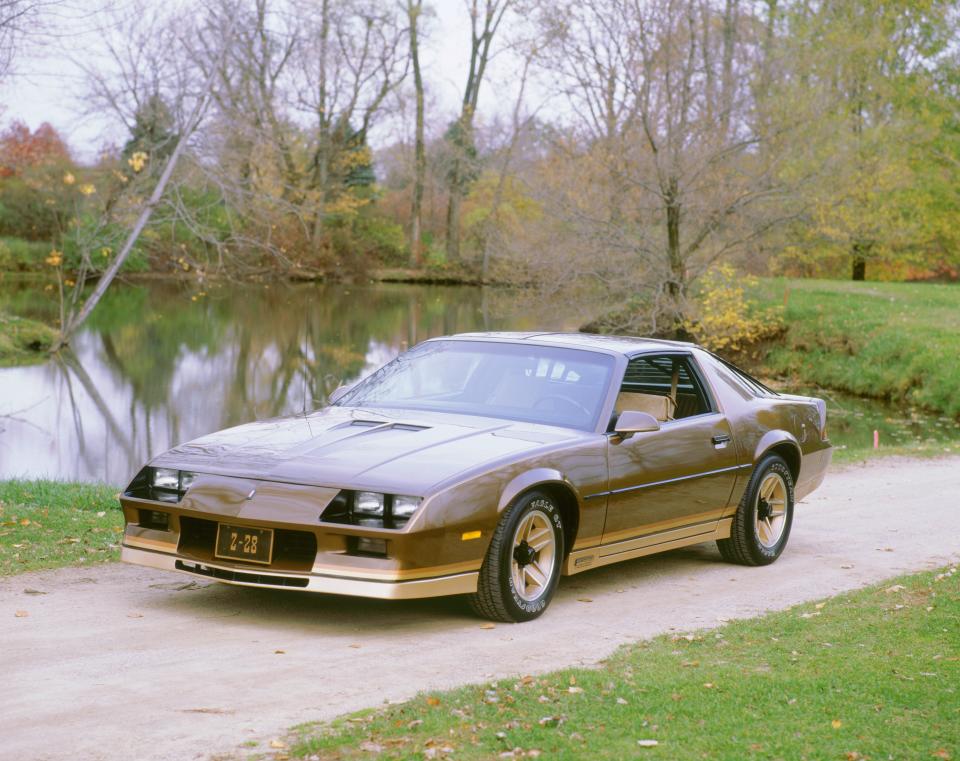
The third generation in 1982 started with an overhauled design, although the 1982 Z28 did not have a particularly powerful engine, according to Car and Driver.
The 1987 model year saw the return of the first convertible Camaro since 1969, and the third generation also saw other design changes, like a hatchback.
Fourth Generation (1993-2002)
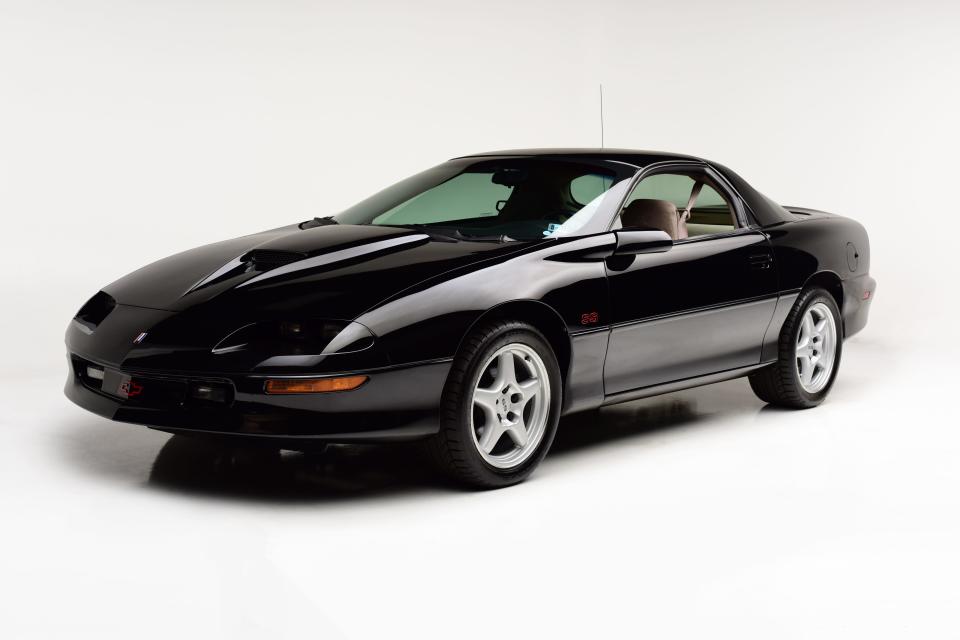
The redesigned 1993 Camaro Z28 beat out the Ford Mustang Cobra and Pontiac Firebird Formula, its main muscle car competitors, in a Car and Driver magazine comparison test as Chevy started the fourth generation of the Camaro on a strong note.
Convertible models continued into the fourth generation, and the Camaro continued to receive cosmetic and mechanical updates.
In 2002, the Camaro celebrated with a 35th anniversary edition, but overall the car was criticized as "irrelevant and archaic," according to Car and Driver. Following the release of the 35th anniversary edition, Chevy axed the Camaro with no future plans for the name to be used for future cars.
Fifth Generation (2010-2015)
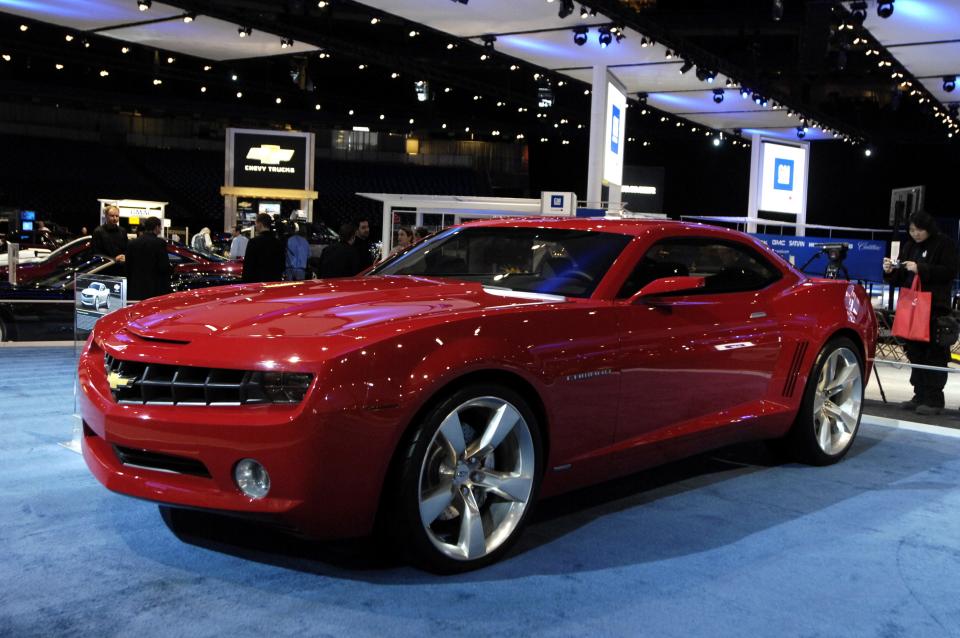
For the 2010 model year, the Camaro returned to its muscle car roots with a massive redesign. GM showcased concept designs to the public as early as 2006, and production was approved for the redesigned models to be released by 2010.
The revamped Camaro took home the Design of the Year award from the World Car Awards in 2010 as it quickly regained its spot among the top selling sports cars around the world.
In 2012, Chevy celebrated the 45th anniversary of the original Camaro with a Camaro ZL1, which was capable of going from zero to 60 miles per hour in 4.1 seconds, the fastest Camaro ever.
The 2014 model year also saw the return of the Z/28, which clocked in as the most expensive Camaro ever, topping $75,000.
Sixth Generation (2016-2024)
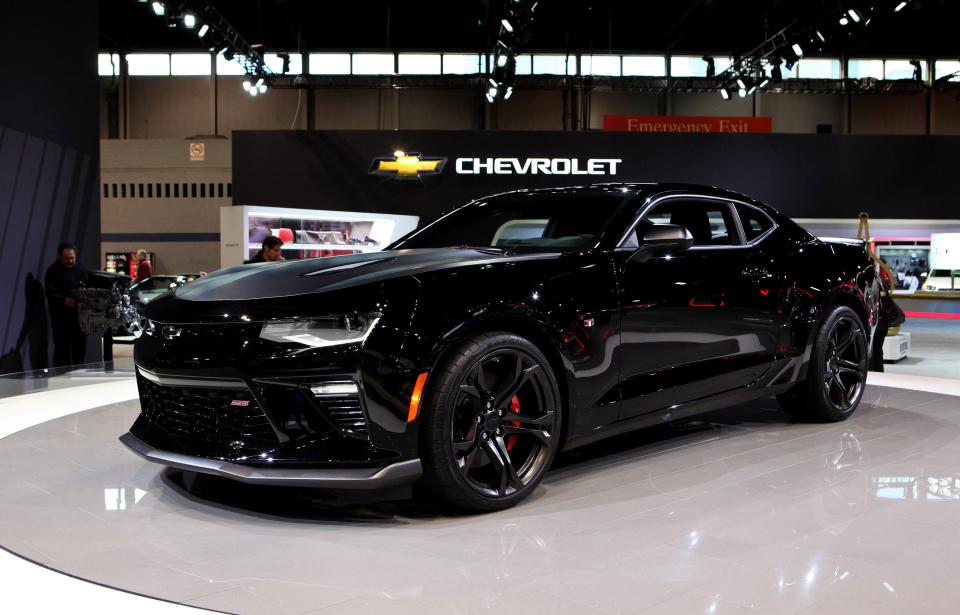
The sixth generation was introduced around the original Camaro's 50th anniversary, and the 2016 model was advertised as having over 70% of its "architectural components" unique to the Camaro, and not used on any other GM vehicle. The 2016 Camaro was also named Motor Trend's Car of the Year.
However, in the late 2010s and early 2020s muscle cars declined in popularity as more emphasis was placed on fuel economy and electric cars. Some automakers opted to shutter muscle car lines, while others like Dodge and Ford announced final versions of cars like the Challenger and Mustang, and committed to turning muscle cars into electrified versions.
Chevy announced the end date for the sixth generation of the Camaro Wednesday, with the final models set to leave factories in January 2024.
Scott Bell, global Chevrolet vice president, said in Wednesday's announcement that the end of the sixth generation is "not the end of Camaro's story."
He could be hinting at the possibility of a seventh generation, or plans to use the Camaro name on an electric vehicle as GM transitions to its pledge of producing all-electric vehicles by 2035.
Read the original article on Business Insider


